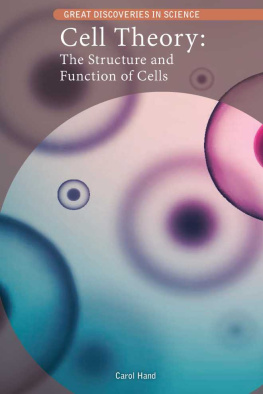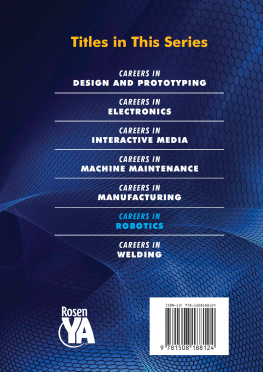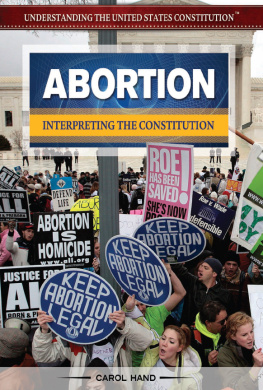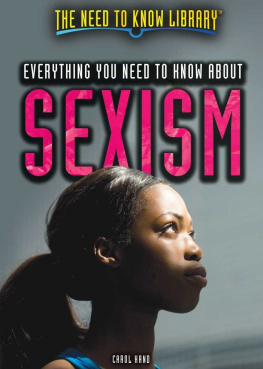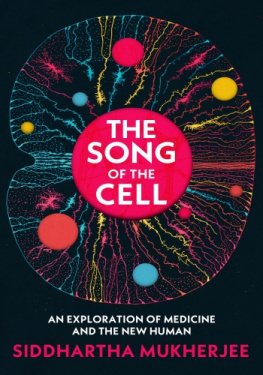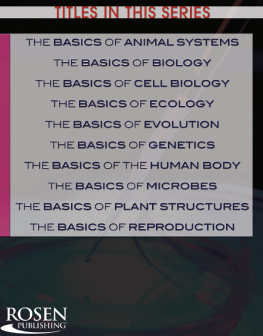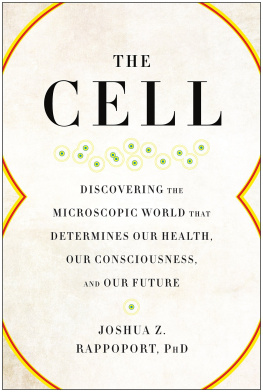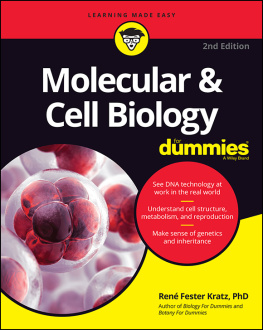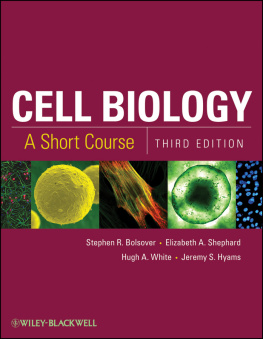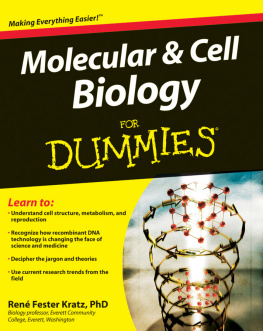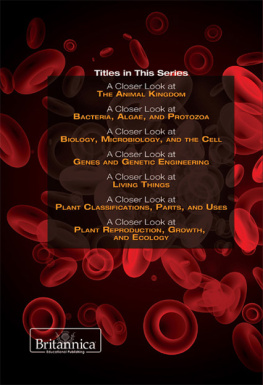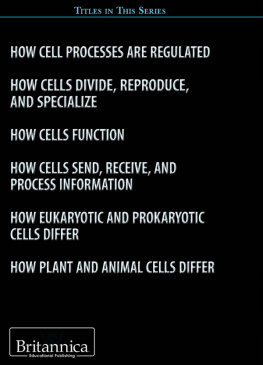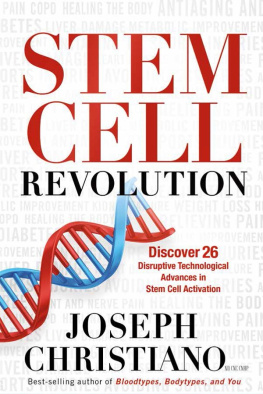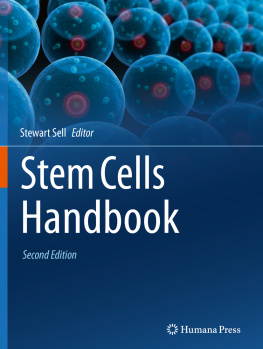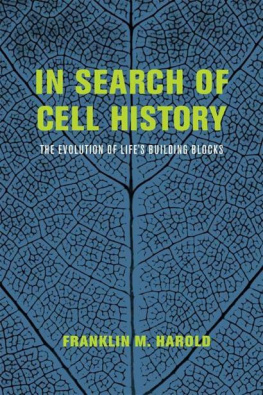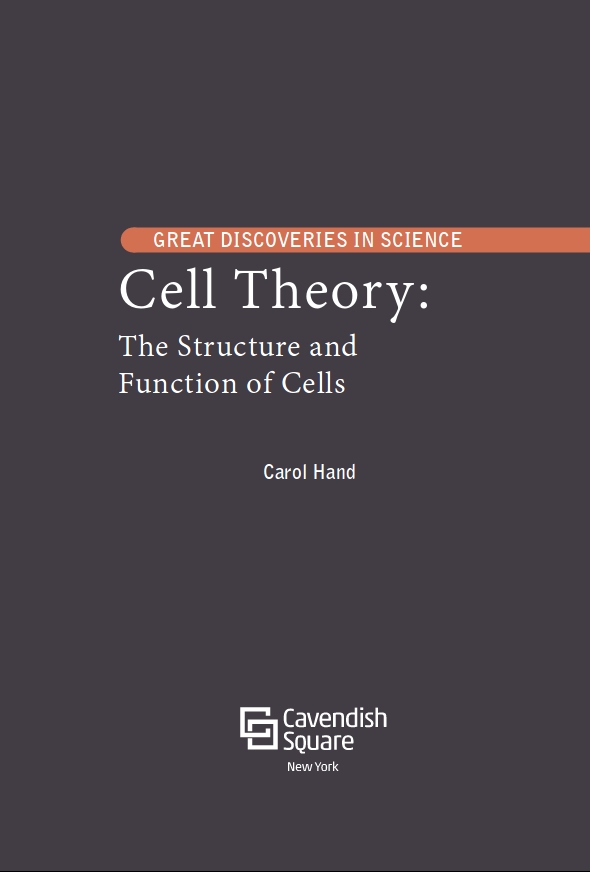Published in 2019 by Cavendish Square Publishing, LLC
243 5th Avenue, Suite 136, New York, NY 10016
Copyright 2019 by Cavendish Square Publishing, LLC First Edition
No part of this publication may be reproduced, stored in a retrieval system, or transmitted in any form or by any meanselectronic, mechanical, photocopying, recording, or otherwisewithout the prior permission of the copyright owner. Request for permission should be addressed to Permissions, Cavendish Square Publishing, 243 5th Avenue, Suite 136, New York, NY 10016. Tel (877) 980-4450; fax (877) 980-4454.
Website: cavendishsq.com
This publication represents the opinions and views of the author based on his or her personal experience, knowledge, and research. The information in this book serves as a general guide only. The author and publisher have used their best efforts in preparing this book and disclaim liability rising directly or indirectly from the use and application of this book.
All websites were available and accurate when this book was sent to press.
Library of Congress Cataloging-in-Publication Data
Names: Hand, Carol, 1945- author.
Title: Cell theory : the structure and function of cells / Carol Hand.
Description: New York : Cavendish Square, 2019. | Series: Great discoveries in science | Audience: Grade 9-12. | Includes bibliographical references and index.
Identifiers: LCCN 2018013786 (print) | LCCN 2018017206 (ebook) | ISBN 9781502643704 (ebook) | ISBN 9781502643803 (library bound) |
ISBN 9781502643926 (pbk.)
Subjects: LCSH: CellsJuvenile literature.
Classification: LCC QH582.5 (ebook) | LCC QH582.5 .H36 2019 (print) | DDC 571.6dc23
LC record available at https://lccn.loc.gov/2018013786
Editorial Director: David McNamara Editor: Jodyanne Benson Copy Editor: Michele Suchomel-Casey Associate Art Director: Alan Sliwinski Designer: Christina Shults Production Coordinator: Karol Szymczuk Photo Research: J8 Media
The photographs in this book are used by permission and through the courtesy of:
Cover Lonely/Shutterstock.com; p. 4 Captivelight/Shutterstck.com; p. 10 De Agostini/Biblioteca Ambrosiana/ De Agostini Picture Library/Getty Images; p. 16 Science History Images/Alamy Stock Photo; pp. 19, 55 Universal Images Group/Getty Images; pp. 23, 35, 58 Science & Society Picture Library/Getty Images; p. 24 Biophoto Associates/Science Source/Getty Images; p. 27 Yale Joel/The LIFE Picture Collection/Getty Images; p. 28 Andrew Brookes/Cultura/Getty Images; p. 30 Maurice Savage/Alamy Stock Photo; p. 39 Ondrej Korinek/Wikimedia Commons/File:Pomnik J. E. Purkyne (Nove Mesto)Karlovo nam.jpg/CC BY-SA 3.0; p. 42 Ducu59us/Shutterstock. com; p. 45 NYPL/Science Source/Getty Images; p. 52 Science History Images/Alamy Stock Photo; p. 63 Time Life Picture Collection/Getty Images; p. 64 NLM/Science Source/Getty Images; p. 68 Hulton Archive/Getty Images; p. 72 Steve Gschmeissner/Science Photo Library/Brand X Pctures/Getty Images; p. 76 RasmussenImages/Alamy Stock Photo; p. 79 Sebastian Kaulitzki/Shutterstock.com; p. 82 BSIP/UIG/Getty Images; p. 85 Alila Medical Media/ Shutterstock.com; p. 92 Sakurra/Shutterstock.com; p. 94 Anyaivanova/Shutterstock.com; p. 97 Kateryna Kon/ Shutterstock.com; p. 104 Chris Henderson/Corbis Documentary/Getty Images; p. 109 Molekuul/Shutterstock.com.
Printed in the United States of America
Chapter 1: |
Chapter 2: |
Chapter 3: |
Chapter 4: |
Chapter 5: |
I n the 1600s, scientists had no way to answer questions about the origins of life. Where did living things come from? How did they reproduce? What were they made of? Did they consist of separate pieces? If so, what did those pieces look like? In those days, there was no way to look closely at living organisms. Microscopes were unknown, so scientists had no idea that microorganisms even existed. They were limited to observing whole plants and animals with the naked eye.
So, the earliest biologists studied whole organisms. Their observations led to development of classification systems. In the fourth century BCE, the Greek philosopher Aristotle divided the living world into plants and animals. He further divided animals into three groups based on movement: walking (land), flying (air), and swimming (water). Aristotles classification system was based more on behavior than on structure and function, and some animals fit into more than one category. His system lasted until the 1700s.
It was replaced by a system developed by the Swedish botanist Carolus Linnaeus, also known as Carl von Linne. Linnaeus separated life into plant and animal kingdoms and further separated groups of plants or animals into genera (the plural form of genus) and species, based on their structure. He introduced the system we still use today, known as binomial nomenclature, which identifies each type of organism by a two-part name consisting of its genus and species. Thus, all humans are Homo sapiens, and all wolves are Canis lupus.
SPECULATIONS on LIFE, PRE-CELL
Despite advances in classification of visible plants and animals, scientists had no way of obtaining evidence about the microscopic details of life. They made up for this by speculating. They concocted explanations for organism structure, function, and reproduction based on prevailing hypotheses about the nature of life. Today, these explanations seem bizarre, but they lasted for hundreds, even thousands, of years.
One of the most widespread concepts was the idea of spontaneous generation, also called abiogenesis, which states that life appears spontaneously from nonliving matter. Abiogenesis was accepted as far back as the fourth century BCE, when Aristotle listed it as one of four methods of reproduction. (The other three were sexual reproduction with copulation, sexual reproduction without copulation, and asexual reproduction.)
A recipe for creating life in the 1600s called for a person to place sweaty underwear and wheat husks in an open bucket and let it sit for several weeks. It was said that during this time, sweat from the underwear would seep into the wheat husks and change them into mice. According to the theory of spontaneous generation, snakes could spontaneously form from horse hairs left in water, maggots formed from rotting meat, and mushrooms sprouted from dead trees.
To describe how the human body functioned, early Greek scientists proposed that four humors, or vital fluids, existed in the bloodstream. They associated the humors with health and disease, particularly nutrition, growth, and metabolism. Each humor was said to serve one of the four elements: blood was associated with air, phlegm with water, yellow bile with fire, and black bile with earth. A proper balance of the four humors was considered necessary to maintain health.
Another popular concept was vitalism, which divided matter into two classes: organic and inorganic. Organic (living) substances were said to contain a vital force that inorganic substances lacked. This concept was first proposed during the fifteenth and sixteenth centuries, to counter the view of the French philosopher Rene Descartes. Descartes had proposed a mechanistic theory to explain life. He declared that animals, including humans, were automata, mechanical devices that differed from nonliving devices only because they were more complex.

